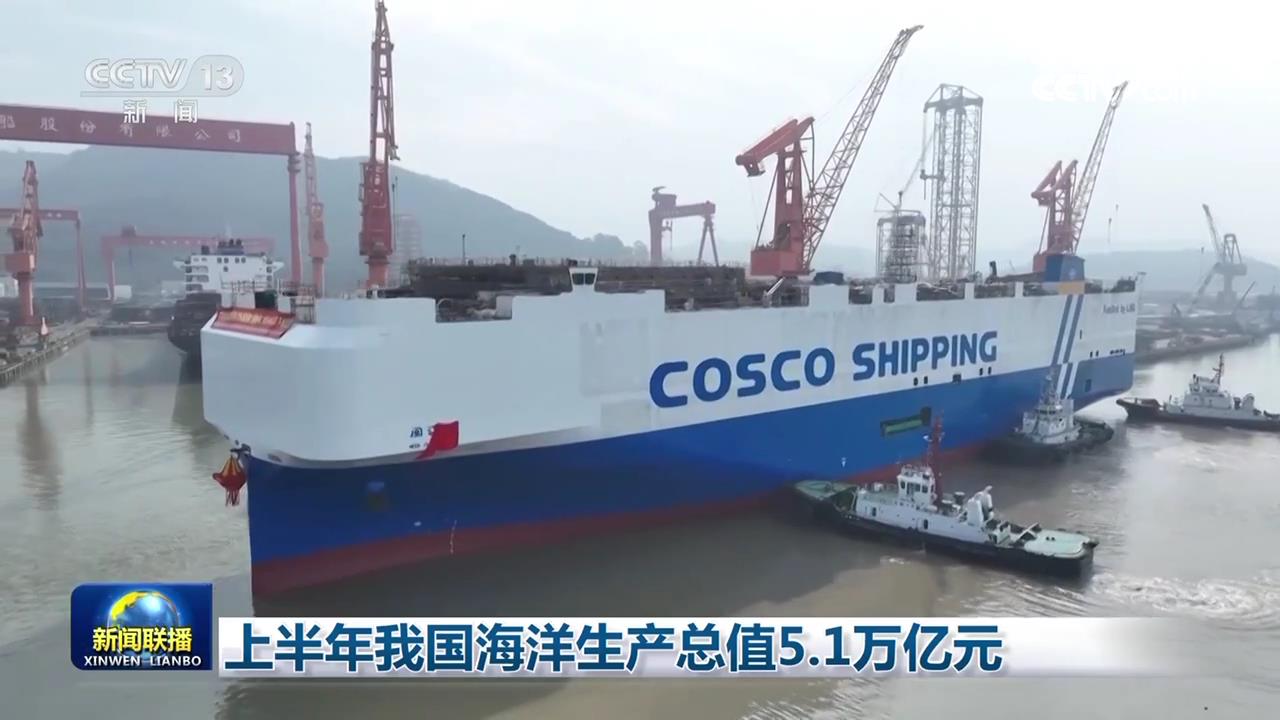Xinhua News Agency, Lhasa, May 8, Title: Nagqu, Tibet: China's highest altitude city that is still growing taller
Xinhua News Agency reporters Li Jian and Lu Danyang
Looking down at Nagqu from a high altitude, the vast grassland is like a painting that covers the sky. Only when it extends to this city can the vision have a three-dimensional sense.
Narqu, located in the northern part of the Tibet Autonomous Region, is named after the Naqu River, a tributary of the upper Nujiang River in its territory. It is also the birthplace of many great rivers. It is the highest prefecture-level city in China.
Ten millions of years ago, under the squeeze of the Asia-European and Indian plates, the Qinghai-Tibet Plateau rose rapidly. Today, this land with an average altitude of more than 4,000 meters continues to rise every year.
Starting from Lhasa, climbing the hill, crossing Nianqing Tanggula Mountain, and then coming to Naqu. On the hillside not far from the city, a stone tablet with the words "China's highest altitude city" stands, with the 4,510-meter figure being particularly eye-catching.
Narqu has a large number of high-altitude "most": the highest altitude county in my country - Shuanghu County, the largest glacier in the world at low and medium latitudes - the Puruangri Icefield, and the world's highest freshwater lake - Cuona Lake...
High altitude brings low pressure hypoxia and dryness and cold. The oxygen content of Nagqu air is only half of the sea level, the annual average temperature is below zero degrees Celsius, the annual relative humidity is about 50%, the average annual windy days are more than 100 days, and the boiling point of boiling water is about 85 degrees Celsius...
Walking in the streets and alleys in the city, the strong wind is accompanied by cold air, and it suddenly pounces on people. The cold air reaches the lung cavity before it has warmed the nasal cavity. Due to lack of oxygen, the reporter can only breathe heavily. After walking for several meters, the heart rate displayed by the smartwatch has soared to more than 120 times per minute.
Due to lack of oxygen, people's lips turn purple-red; plastic-sealed food becomes round and expanding like frightened puffer fish; due to insufficient fuel combustion, vehicles and other construction machinery often go on strike.
Even trees are "dareful". Here, the frozen soil is thick and the saplings are difficult to take root. Nagqu was once the only prefecture-level city in my country without tree greening.
After many years of hard work, Nagqu successfully achieved urban greening, ending the history of "no trees and no trees".
Now, in the main roads, parks, squares, residents' doorsteps, and nursery experimental bases in the city, alpine willows, spruces, and sea buckthorns have taken root and sprouted, adding vitality to the city. On the urban streets, there is a propaganda sign that reads "Promote tree planting trial planting in high-altitude towns and eliminates the gaps in tree planting in Naqu towns", telling the city's struggle for green transformation.
The emergence of forests in the city enriches the visual sense of layering. The branches waving in the wind, coupled with staggered and undulating buildings, make this city located in the vast northern Tibetan grassland more three-dimensional and vibrant.
As night falls, in the Divine Power Times Square, the light-paced Guozhuang dance music is playing, and people's faces are filled with confident smiles. In the distance of the city, sporadic Tibetan antelope began to gather and embark on the road to migrate and give birth to children.
With the efforts of generations, Nagqu is constantly nurturing new hope. (End)







